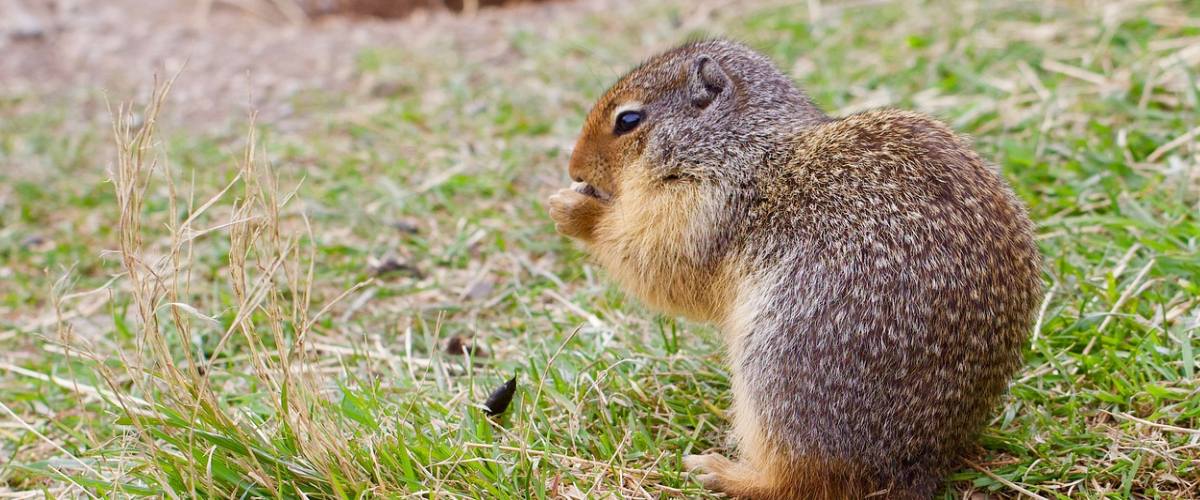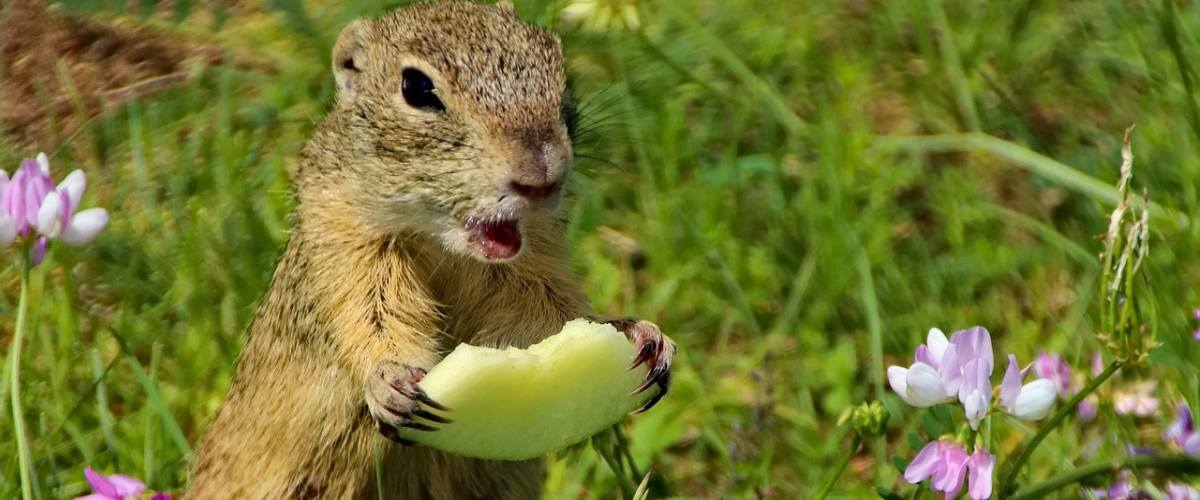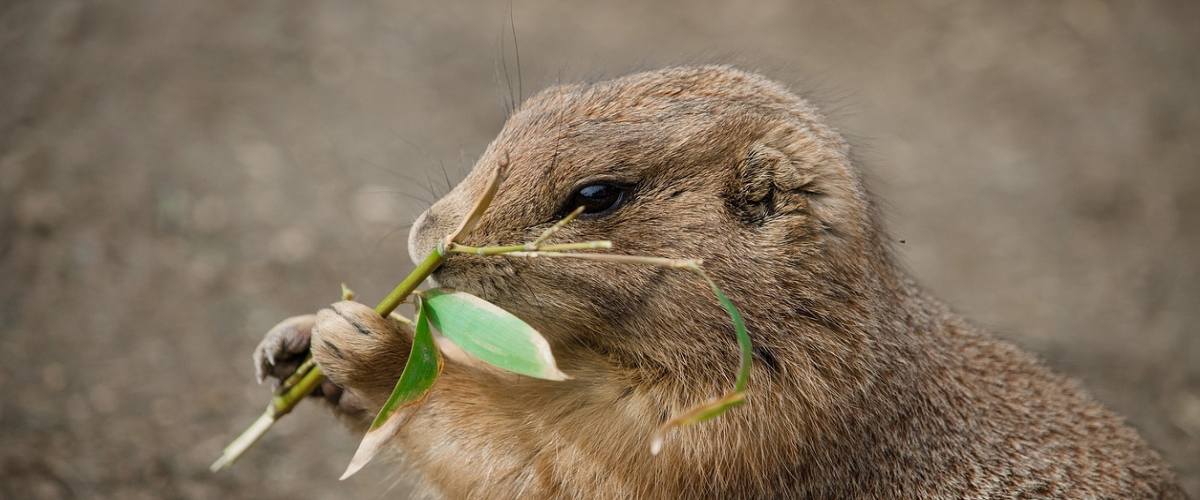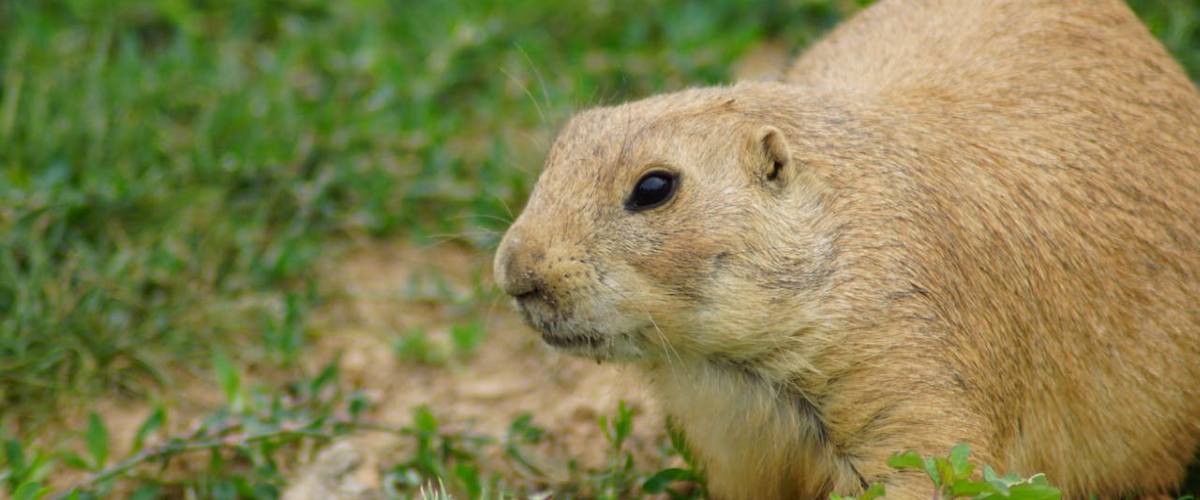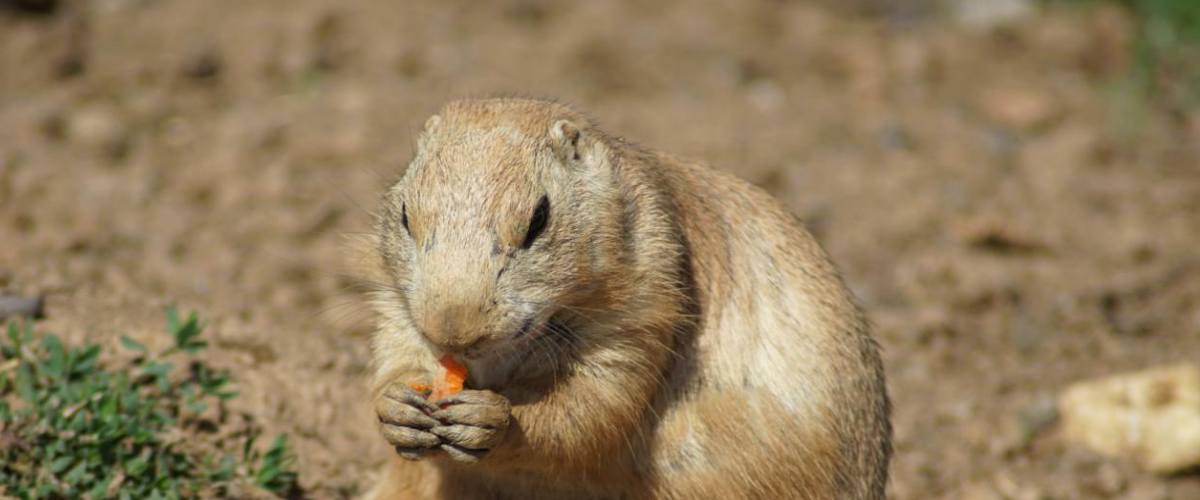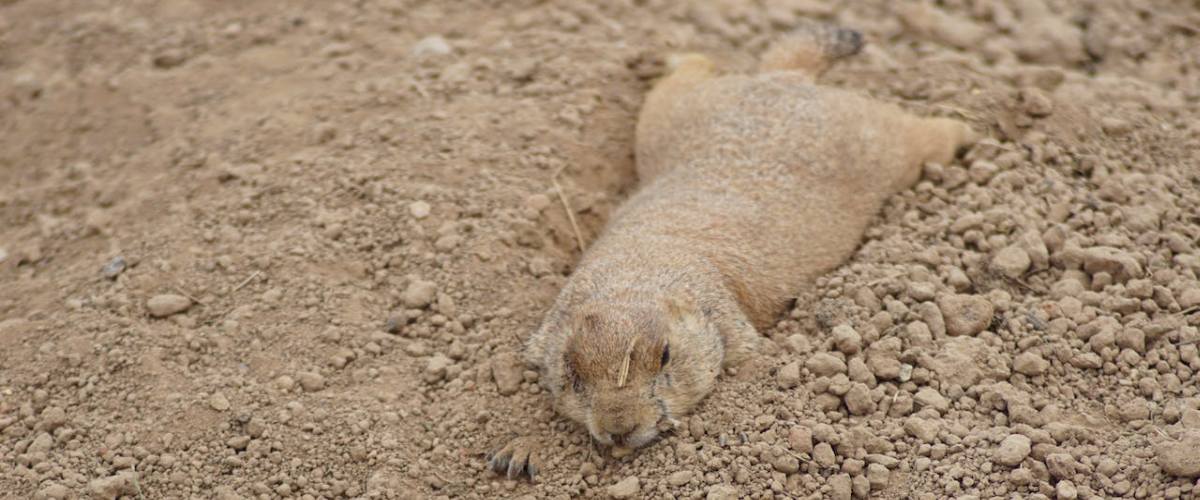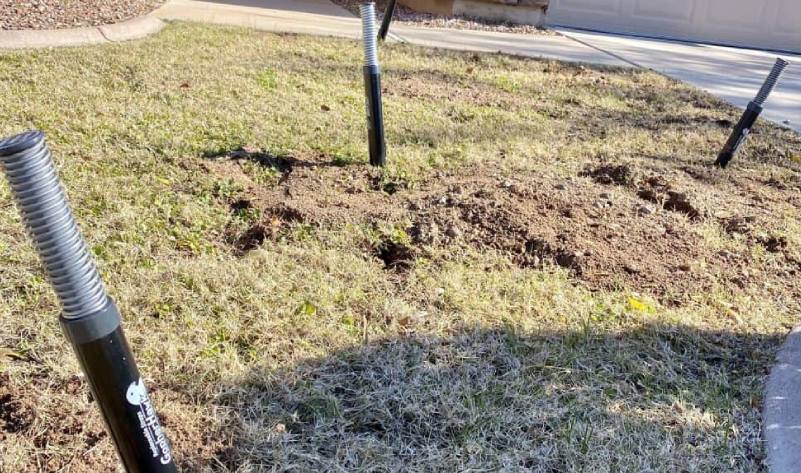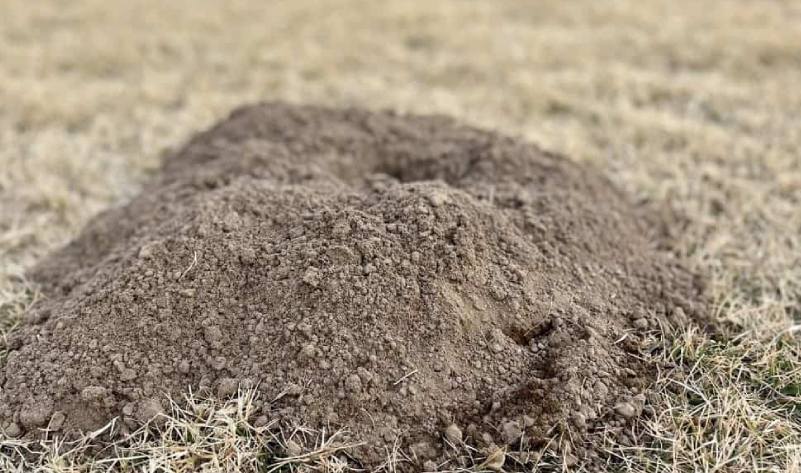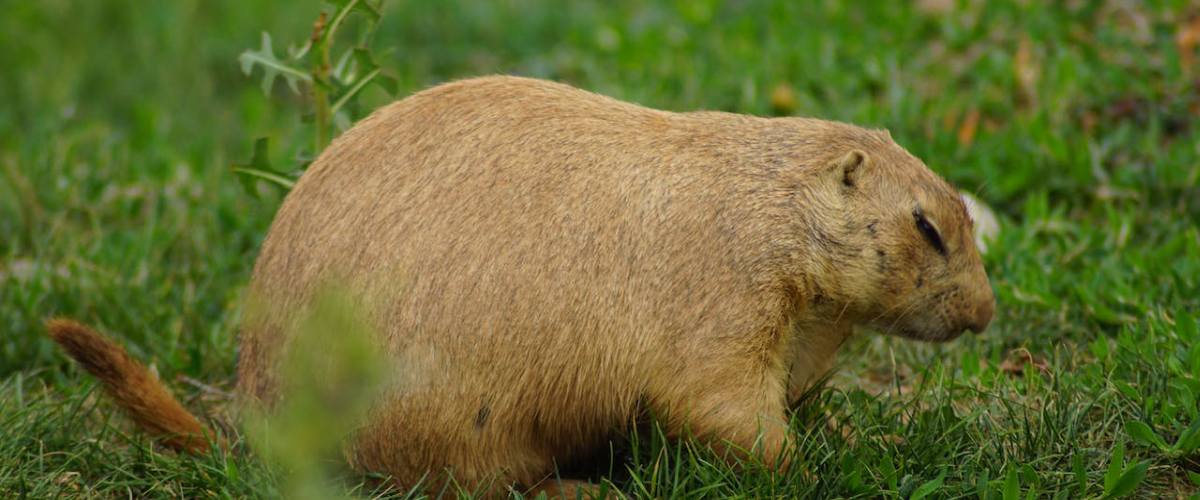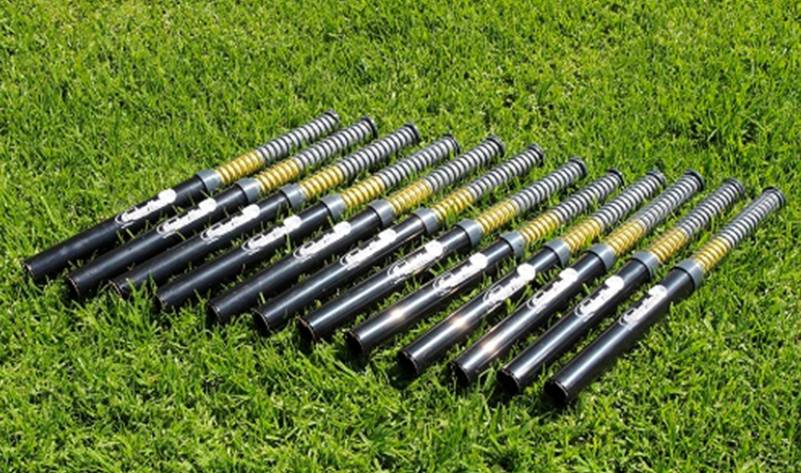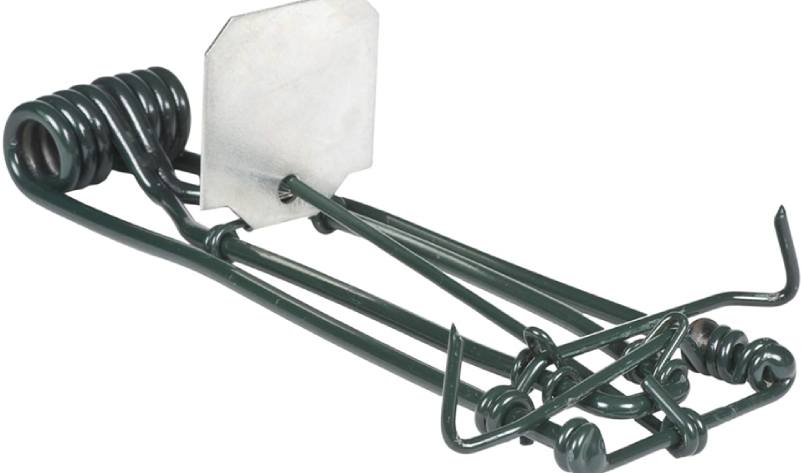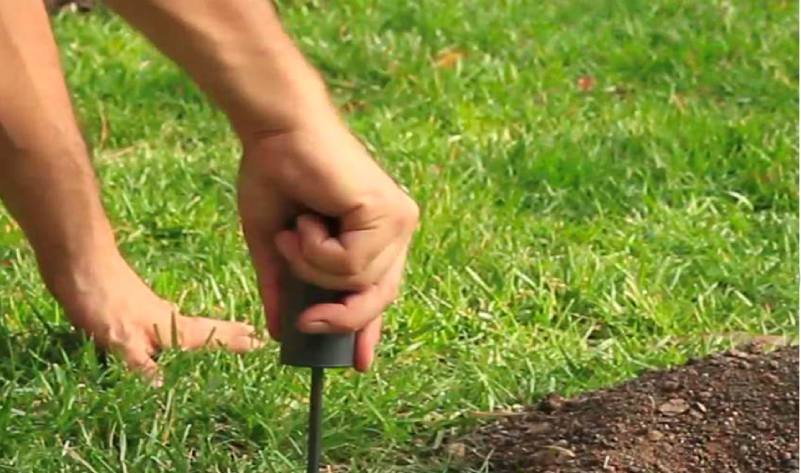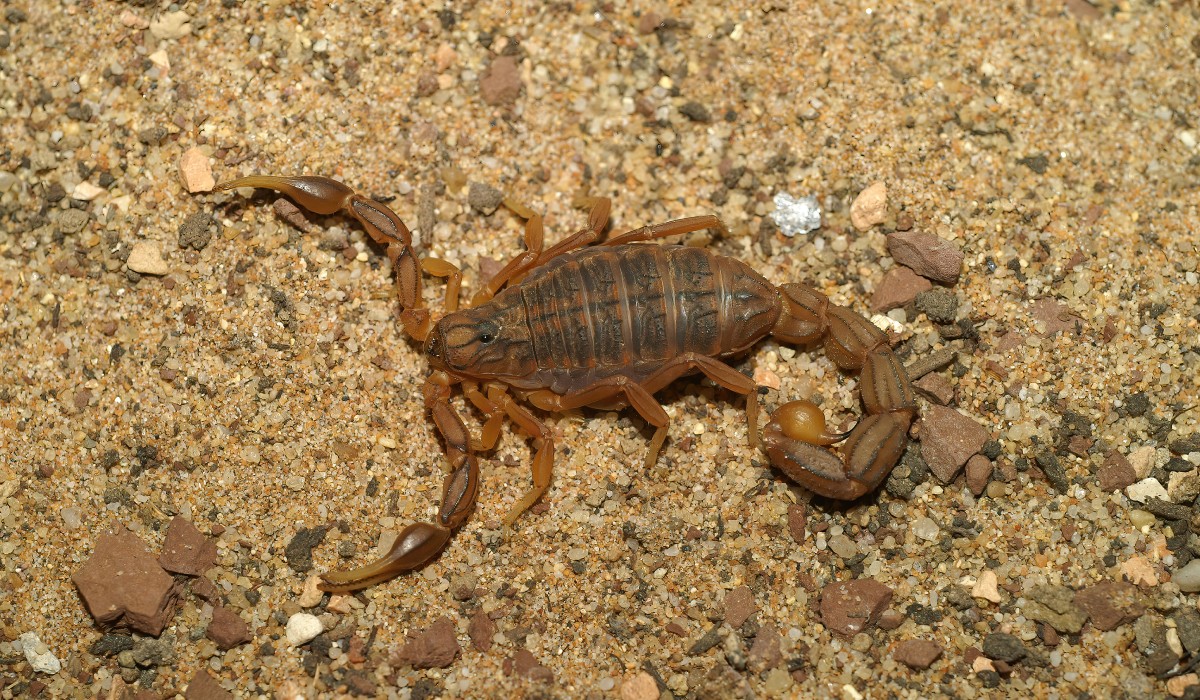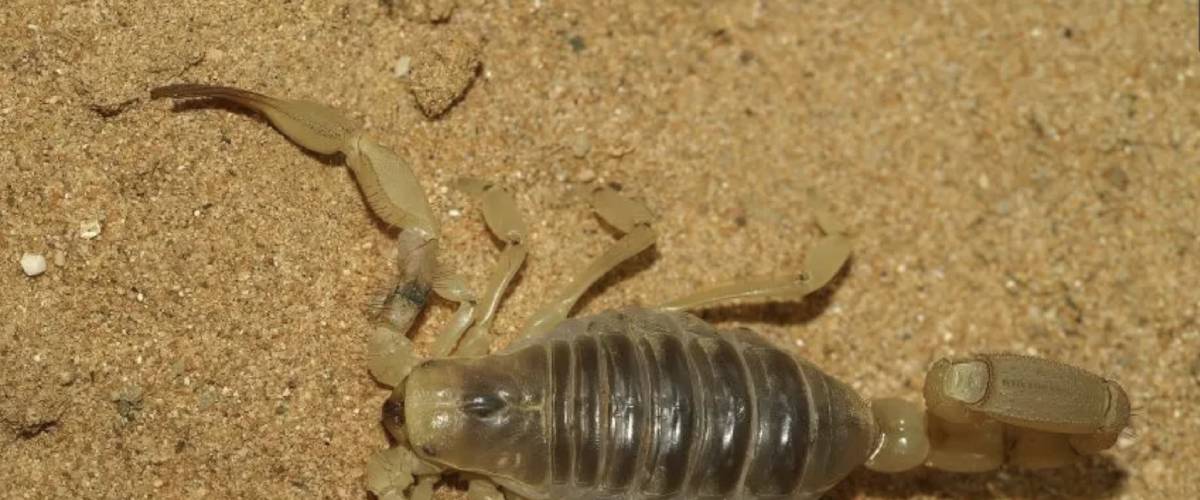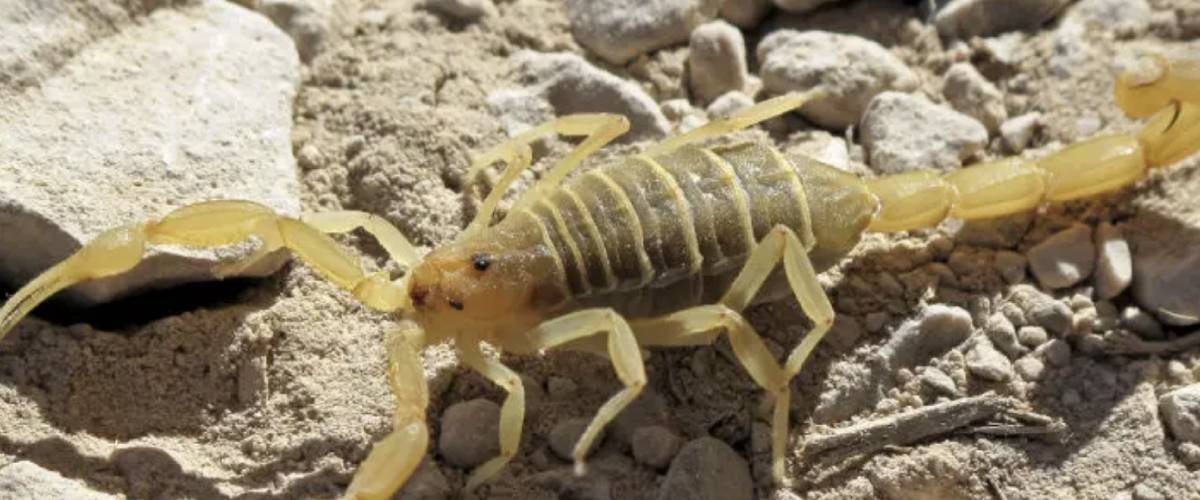All About Gophers
davispestcontreditor
on
January 25, 2024
All About Gophers
This article delves into the world of these burrowing rodents, exploring their unique behaviors, environmental impact, and the challenges they present in human-dominated landscapes.
What Is A Gopher?
Gophers are small, burrowing rodents typically measuring about 6 to 8 inches in length, with a short tail. They possess powerful forelimbs and large claws for digging. Their fur, which can vary in color, usually blends well with the soil, providing effective camouflage.
Habitat and Burrowing
These animals live in underground burrows that they excavate. These burrows can be extensive, featuring long tunnels, nesting areas, and food storage chambers. Gophers are commonly found in areas with soft, loose soil, including woodlands, grasslands, and agricultural regions.
Learn more about gopher habitats
Diet / What Do Gophers Eat?
As herbivores, gophers primarily feed on roots, tubers, and other plant materials. This diet often leads to conflicts with humans, especially when gophers feed on agricultural crops or garden plants.
Learn more about the Diet of Gophers
Behavior and Reproduction
Gophers are solitary creatures, except during mating seasons. Known for their industrious tunneling, they typically have one litter per year, with each litter consisting of several pups.
Impact on Ecosystem and Human Activities
Gophers play a role in aerating and mixing soil, but their burrowing can be detrimental to agricultural crops, gardens, and landscaping. They also pose risks to underground cables and irrigation systems.
Lifespan
In the wild, gophers generally live for about 1 to 3 years. Factors like predation and environmental conditions contribute to their relatively short lifespan.
Learn more about the lifespan of a Gopher.
Gopher Control
Often considered pests due to their burrowing habits, gophers can be controlled through trapping, baiting, and the use of repellents. It’s important to consider humane and environmentally friendly control options.
In summary, gophers are notable for their burrowing behavior and the challenges they pose to human activities. Understanding their habits and characteristics is key to effective management and coexistence with these impactful creatures.


